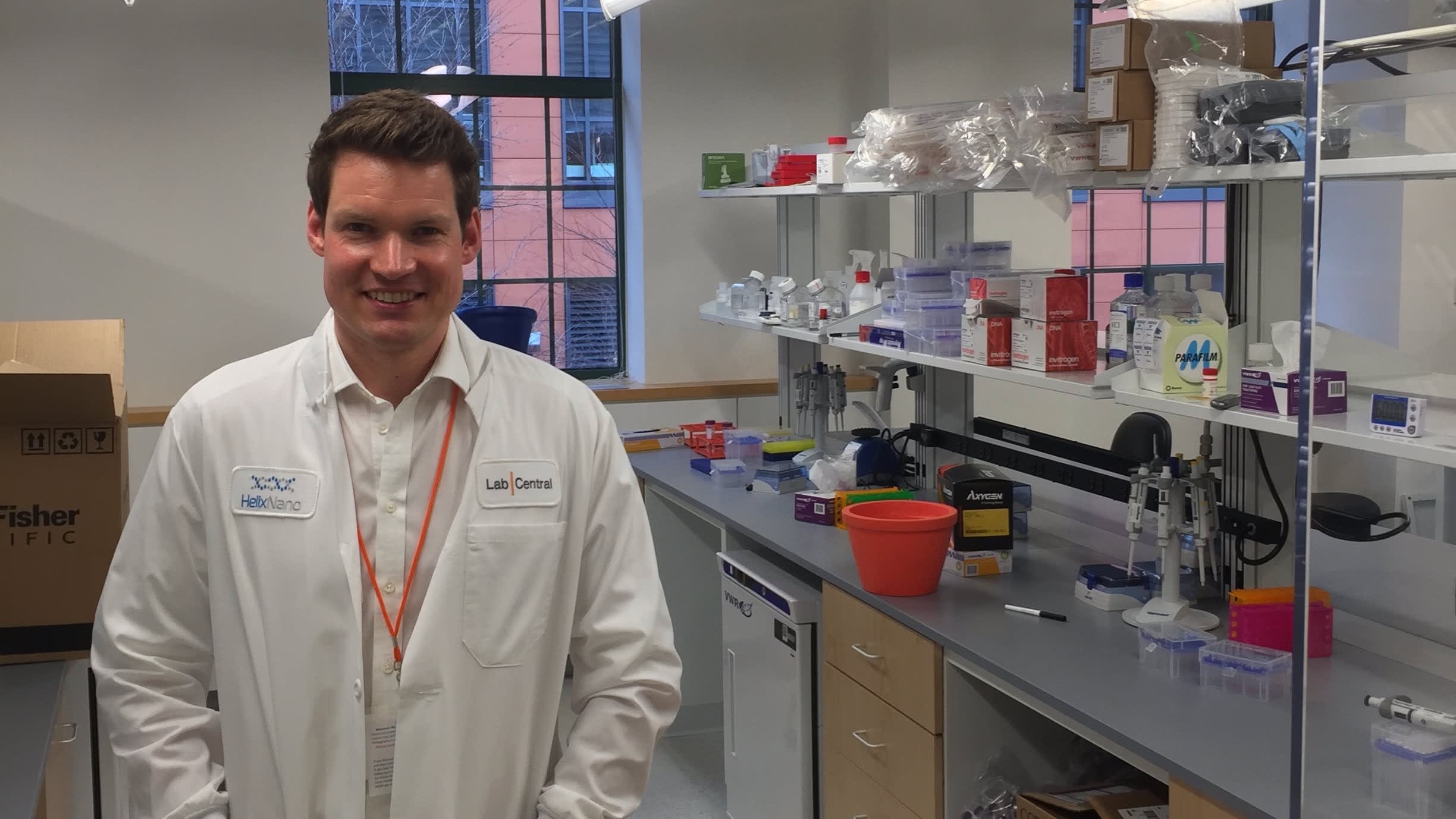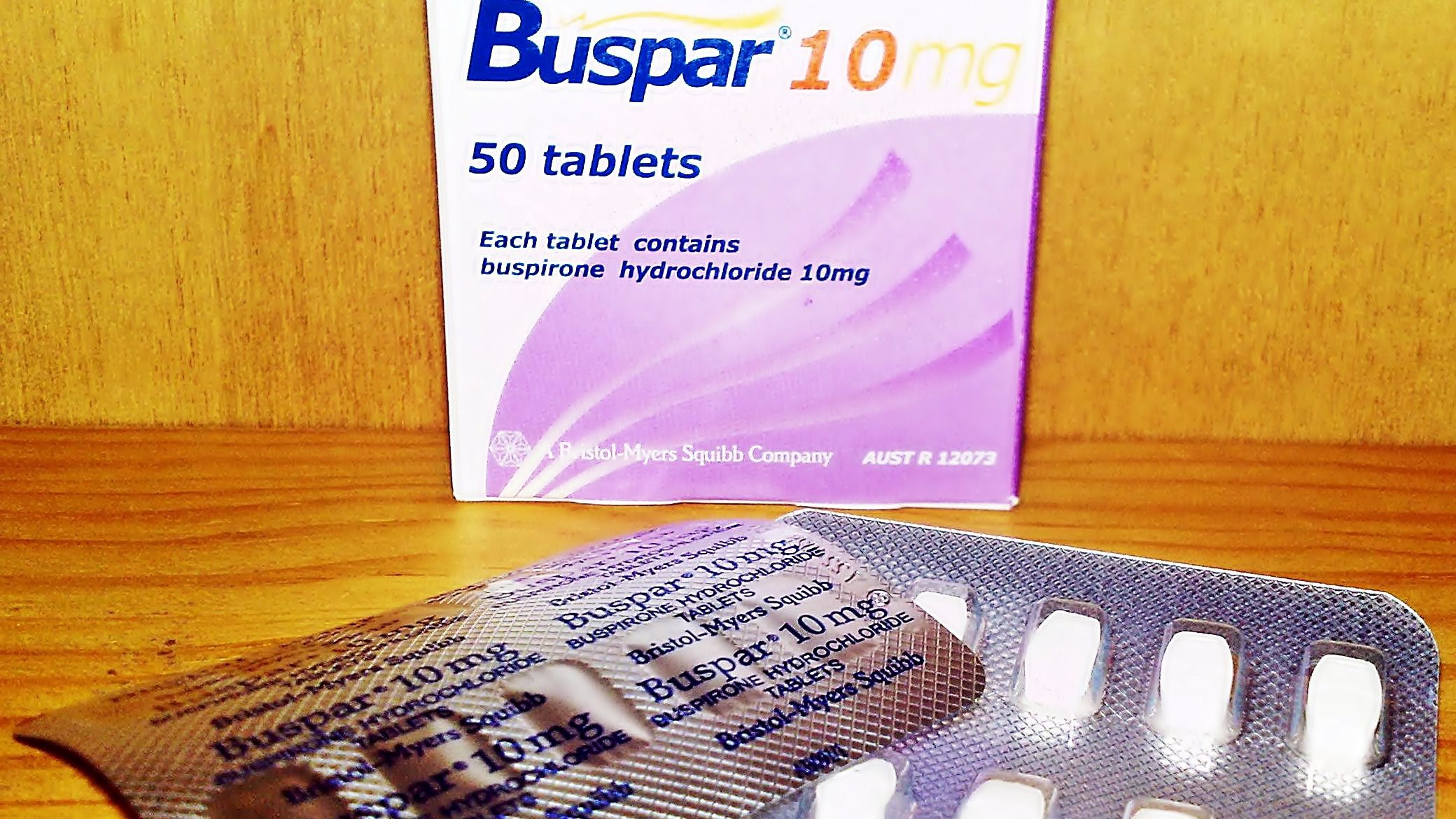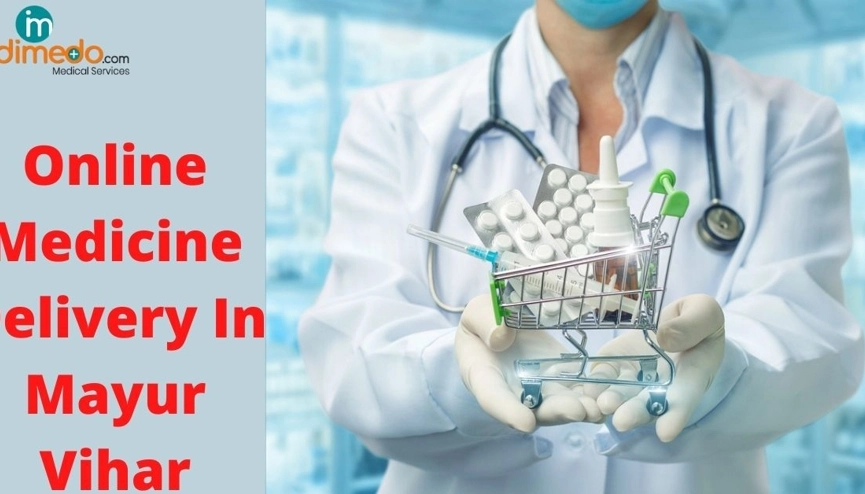Synthetic biology company BacMine focuses on metabolically engineered bacteria. Their research has applications in biotechnology, agriculture and fine chemicals. They recently formed a strategic alliance with Microbial Robotics, now called Open Therapeutics. The company has made great strides in identifying problems with manufacturing. For example, they have completed a PIMT substrate specificity assay. So, can Bacmine be considered the real inventor? Let’s look at how their technology works and why it is worth watching.
TS11A2 produced 3670 +/- 150 nM total thiamine
Thiamine is an essential component of many foods, including cereals, beans, and fruits. It is also found naturally in some foods, and is also added to some food products. It is also available as a dietary supplement. It plays a role in energy metabolism, cell growth, and development. TS11A2 is a key enzyme in the biosynthesis of thiamine in bacteria.
The enzyme TS11A2 is required for the production of vitamin B1 from thiamine pyrophosphate. The enzyme converts thiamine monophosphate chloride into thiamine pyrophosphate. Thiamine deficiency has been associated with several adverse effects, including a higher risk for cancer. Thiamine replacement improves glucose metabolism and prevents vascular disease. However, the precise role of thiamine in human disease is unknown.
Animal models have indicated that thiamin deficiency may play a role in Alzheimer’s disease. The authors of the review concluded that thiamin deficiency causes oxidative stress, plaque formation, and changes in glucose metabolism. These effects may ultimately lead to the onset of Alzheimer’s disease. In addition, animal studies have suggested that thiamin deficiency may be associated with increased risks of Alzheimer’s disease and dementia.
TS11A2 produced recombinant antibodies
In order to produce functional IgG antibodies, genetically modified HEK293-6E cells were used. The cell line grew in serum-free medium in suspension. The yield of functional IgG was 0.6 g/L, a high level for this type of recombinant antibody. The improved production media allowed higher cell densities and longer production times.
The production of recombinant antibodies is most commonly done in Escherichia coli. In extracellular cultures, yields can reach a gram per liter. The secretion of both V chains into the periplasmic space is essential for the assembly of a functional antibody fragment. The secretion of both V chains into the periplasmic space allows the oxidizing environment to produce disulfide bonds and assemble the Fv fragment. This mechanism was developed in 1988.
The use of a transgenic plant is a more affordable way of producing therapeutic antibodies. These antibodies are more robust than mammalian antibodies, which are not as robust. Additionally, insect cell cultures can be scaled up. Insect cell cultures can produce therapeutic antibodies as well, but the cost of insect cells is low. Unlike mammalian cell culture, plant-produced IgA is much cheaper.
The recombinant Abs generated in this method have a number of advantages, including reduced turnaround time, increased control over the Ab gene sequence, and increased specificity. Recombinant Abs are useful for research, diagnostics, and therapy. Its production has the potential to significantly increase the rate of scientific discoveries and medical treatments. The possibilities are endless. So, if you have a gene to clone, you are well on your way.
Monoclonal antibodies are a more expensive option, but they are also highly specific. Unlike polyclonal antibodies, monoclonal antibodies are highly specific, which means they can be more effective in immunotherapies and are less likely to harm animals. Despite their price, monoclonal antibodies are worth the money. There is no better way to develop a treatment for a disease than with monoclonal antibodies.
TS11A2 produced plastic bioremediation organisms
Microorganisms are prime candidates for decontamination, as their ability to synthesize enzymes and their small size make them ideal for contact with large surfaces. They utilize plastic and other environmentally hazardous chemicals as sources of energy and nutrients. When the plastic breaks down, the microorganisms produce new cells and multiply. They may be used in bioremediation. However, further research is needed to determine the potential for this newly discovered organism.
While conventional environmental strategies do not degrade plastics, they can degrade in hostile environments, such as the gut. Several microbial species, which are already part of the human gut microflora, can thrive in the harsh environment of the gut. This makes gut microbes promising candidates for plastic biodegradation. They can also be used in bioremediation of contaminated sites.
TS11A2 produced plastic bioremediators are one such example. They have been shown to reduce the concentration of toxins by up to 99%. These organisms have the potential to clean up a wide range of plastic materials and pollutants. The method is based on the immobilization of plastic-degrading microbes and enzymes. Membrane-based systems are advantageous because they contain the degradative microbes and ensure their safety.



